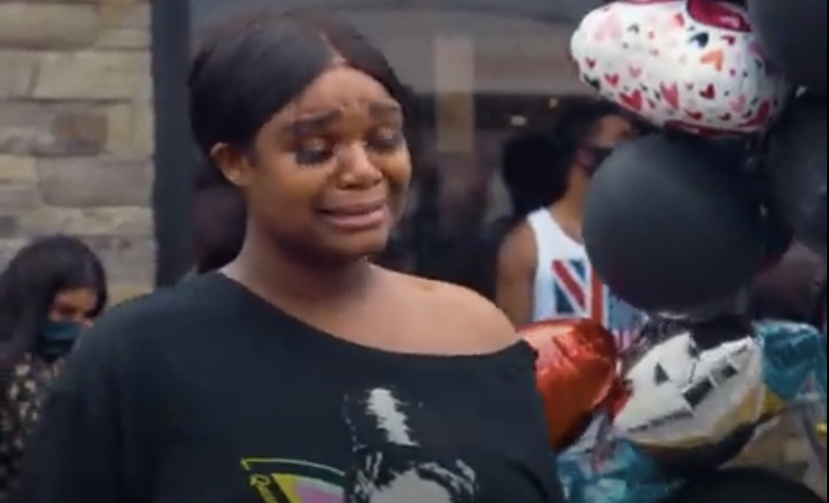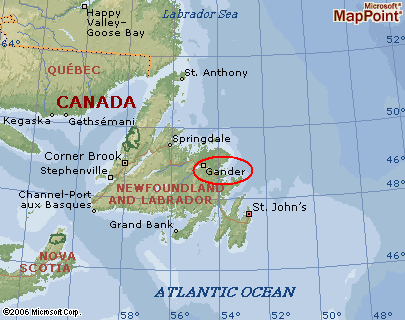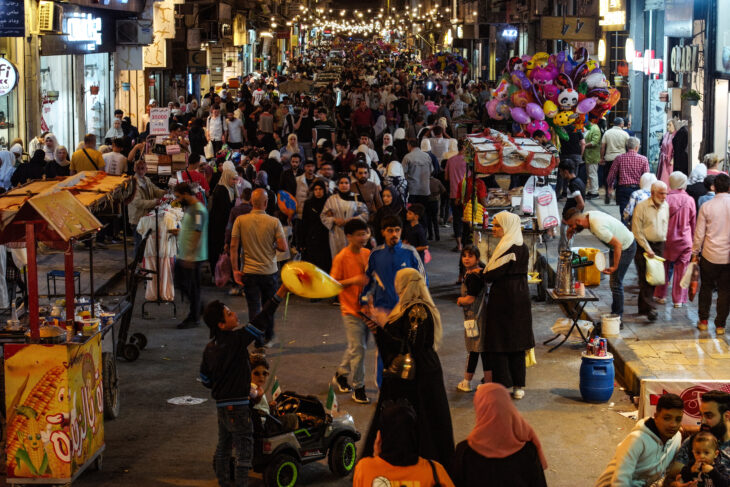
TIME Magazine’s selection of President-Elect Joe Biden and Vice-President-Elect Kamala Harris for Persons of the Year was quite understandable. But it missed the mark. Much as those two people represent the impending dissolution of the ominous dark cloud of Trumpism and the promise of a kinder, gentler society that believes in truth and sticks to the provisions of the Constitution, there were other considerations that should have produced a different result.
By far the biggest story of the year, hands down, is the COVID-19 pandemic. So far it has affected more than 79 million people and accounted for more than 1.7 million deaths, with the US, India, Brazil, Russia, and France leading the way. And the numbers seem to be rising every day.
But it is person of the year, not event of the year that gets the attention at this time of year and so we have to look further.
The really big story of the year then, both as a story in itself and as its far-flung worldwide impact, happened on May 25. On that day a policeman whose name will go down in infamy, casually took a knee on the throat of George Floyd, an unarmed Black man, and left it there for nearly eight minutes, his hand nonchalantly in his pocket, ignoring Mr. Floyd’s gasps “I can’t breathe. I can’t breathe.”
A video of the event brought this chilling and horrendous killing into the living rooms of America and the world. Mr. Floyd’s granddaughter says her grandfather “saved the world”.
The maximum length of time that a person can stop their breath is about one minute and a half. There is no question that the white policeman, Derek Chauvin, kneed the breath out of Mr Floyd until he was dead.
Mr. Floyd, 46, was handcuffed and in police custody when he was killed outside a shop in Minneapolis, Minnesota. His slaying, which was captured on video, set off worldwide protests against police brutality and systemic racism.
Footage of the arrest shows Chauvin kneeling on Mr Floyd’s neck while he was pinned to the ground. Chauvin, 44, was charged with murder. Mr Floyd said more than 20 times he could not breathe as he was restrained by the officers.
The whole thing began with a report of a fake $20 bill when Mr Floyd bought a pack of cigarettes from Cup Foods, a grocery store near where he lived. Believing the $20 bill he used was counterfeit, a store employee called the police. Mr Floyd had been living in Minneapolis for several years. He had been working as a bouncer in the city but, like millions of other Americans was left jobless by the coronavirus pandemic.
A regular at Cup Foods, Mr. Floyd was a pleasant customer who never caused any trouble, the store owner Mike Abumayyaleh said. But Mr Abumayyaleh was not at work that day. In reporting the suspicious bill, his teenage employee was just following protocol.
In a call to 911, made at 20:01, the employee told the operator he had demanded the cigarettes back but “he [Floyd] doesn’t want to do that”. Shortly after the call two police officers arrived. Mr Floyd was sitting with two other people in a car parked around the corner. One of the officers, Thomas Lane, pulled out his gun and ordered Mr Floyd to show his hands.
Lane pulled him out of the car and handcuffed him. It was when Chauvin arrived and officers tried to put Mr Floyd in their squad car that a struggle ensued and he was thrown to the ground, still in handcuffs. That’s when witnesses started to film Mr Floyd, who appeared to be in a distressed state. These moments, captured on multiple mobile phones and shared widely on social media, would prove to be Mr Floyd’s last.
Chauvin placed his left knee on Mr. Floyd between his head and neck, and kept it there for nearly eight minutes. More than 20 times Mr Floyd said he could not breathe as he was restrained. At one point, he gasps: “You’re going to kill me, man.”
Chauvin replies: “Then stop talking, stop yelling. It takes heck of a lot of oxygen to talk.”
Mr Floyd says: “Can’t believe this, man. Mom, love you. Love you. Tell my kids I love them. I’m dead.”
On two occasions Floyd cried out “Mama!” He said, “My stomach hurts, my neck hurts, everything hurts.” He asked for water, and begged, “Don’t kill me.” One officer checked Floyd’s wrist and found no pulse, but there was no attempt to provide any medical assistance.
Violence erupted in Minneapolis, but was also seen in New York, Atlanta, Oakland, Dallas and many other cities across the country. The greatest anger among protesters was in Minneapolis, where people defied a city curfew. The city has been accused of not deploying enough police and National Guard on the streets.
The helpless rage of a people whose Black lives do NOT matter was poured out in fires across the US starting in Minneapolis.
Tear gas was used to disperse crowds protesting in Oakland, California. There were also chaotic scenes in Brooklyn, New York. Tear gas was fired to disperse protesters both in Detroit and in Phoenix, Arizona. Atlanta also saw some ugly scenes, including the burning of a police car, prompting a passionate plea from Mayor Keisha Lance Bottoms.
But nobody would have known about this murderous act were it not for a 17-year-old woman named Darnella Frazier.
She had gone to the store with her younger cousin that day when she saw a man handcuffed and face down on the ground. She captured Derek Chauvin pressing his knee into George Floyd’s neck. She shared the video on social media and it was soon seen around the world.
It sparked change in her community, leading to the firing of the four officers involved, a ban on police chokeholds and a federal investigation. It also became the catalyst for a global movement against racial injustice.
Frazier was honoured for her bravery. She received PEN America’s courage award, joining the ranks of Anita Hill, the Parkland student activists and the whistleblowers who brought Flint’s water contamination issues to light.
Frazier, a high school senior in Minneapolis, thanked the organization for the honour at the virtual gala on December 8.
“I never would imagine out of my whole 17 years of living that this will be me,” she said. “It’s just a lot to take in, but I couldn’t say thank you enough for everything that’s been coming towards me.”
She captured the moments that changed world history, and she wasn’t even old enough to vote. She could never predict that the video she posted on Facebook would reverberate around the world, causing millions to protest police brutality and racial injustice.
But there was a price to be paid. The teenager was criticised for not intervening as Floyd told officers he couldn’t breathe. She said she was traumatized by the volume of online abuse she’s received.
“I don’t expect anyone who wasn’t placed in my position to understand why and how I feel the way that I do,” Frazier wrote on Facebook.
“I am a minor! 17 years old, of course I’m not about to fight off a cop I’m SCARED wtf. I don’t give 2 f…s about what y’all would’ve did because was y’all there?? NO. Fighting would’ve got someone else killed or in the same position George (may he rest in peace) was in. If it wasn’t for me 4 cops would’ve still had their jobs, causing other problems.”
She made it clear that she didn’t exactly feel safe inserting herself into the situation as a 17-year-old black girl. The reactions she’s received online have obviously had an impact on her, as did witnessing Floyd plead for his life with the cops.
“My video went worldwide for everyone to see and know! His family was reached out to! The police most definitely would’ve swept it under the rug with a cover up story,” Darnella continued. “Instead of bashing me, THANK ME! Because that could’ve been one of your loved ones and you would want to see the truth as well.”
“I watched this man die. I was the one that was recording the whole thing. I’ve seen him die,” she said. “I posted the video last night, and it just went viral. And everybody’s asking me how do I feel? I don’t know how to feel. … It’s so sad, bro. This man was literally right here, 8 p.m. yesterday.”
The pressure became so intense that Darnella’s family has moved to an undisclosed location, without the aid of the police, and are believed to have moved in with family. Their neighbourhood had become a flashpoint for protests, and a media frenzy was following her.
In a Facebook post, the teenager expressed her feelings about criticism she received, writing: “I’m doing it for clout?? For attention?? What?? To get paid?? Now y’all just sound dumb and ignorant!!”
Thank you, Darnella. The whole world thanks you.



